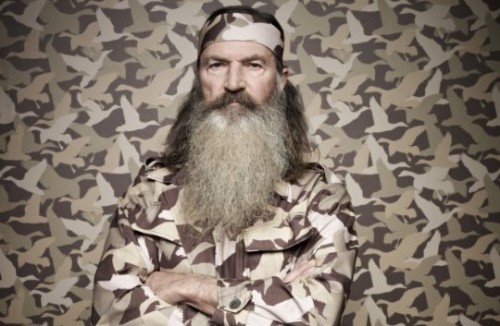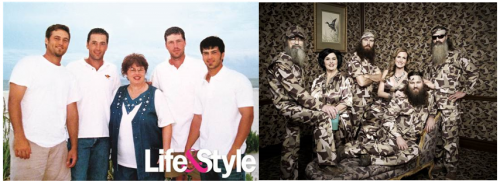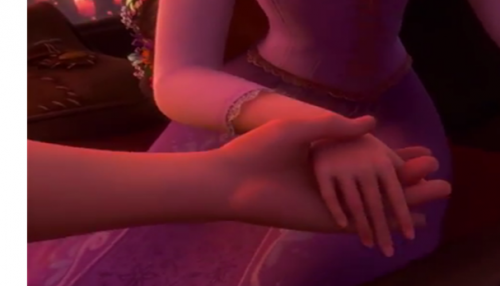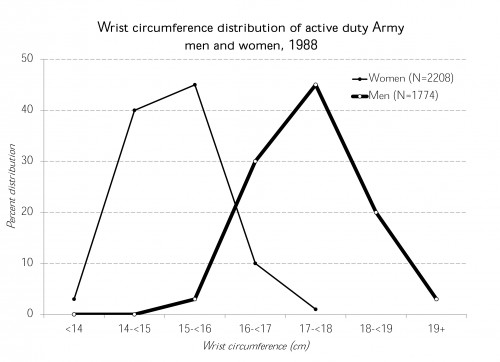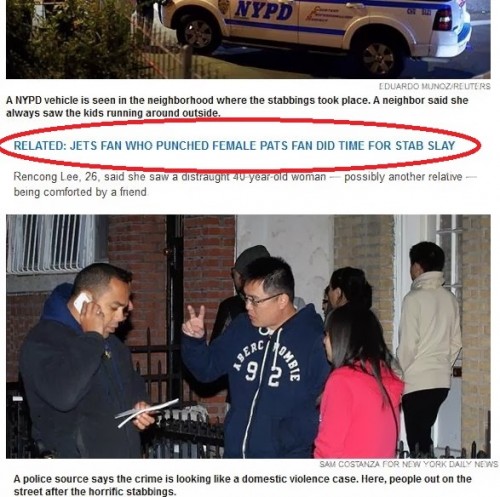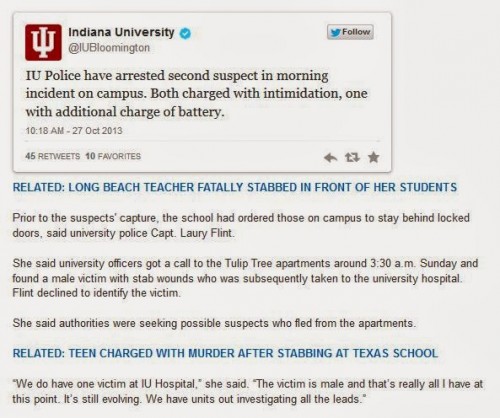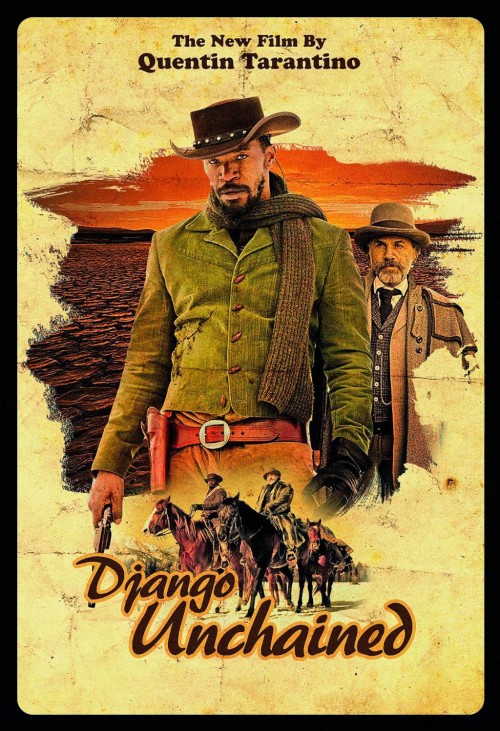We’re celebrating the end of the year with our most popular posts from 2013, plus a few of our favorites tossed in. Enjoy!
Like many people, I’ve been following news about the crash landing in San Francisco. It’s a frightening reminder of the risks that come with air travel, but an uplifting one thanks to the small number of casualties. The Mayor of San Francisco was quoted saying: “We’re lucky we have this many survivors.” And the Chief of the San Francisco Fire Department said that it was “nothing short of a miracle…” At CNN, after mentioning the two confirmed fatalities, the reporter writes, “Somehow, 305 others survived.” Sheryl Sandberg, COO of Facebook, wrote that it was a “serious moment to give thanks.” But to whom?
There’s a kind of person who is trained to maximize survival in the case of a plane crash: the flight attendant. Airlines don’t advertise the intense training their flight attendants receive because it reminds potential passengers that air travel is risky. As a result, most people seriously underestimate the skills flight attendants bring on board and the dedication they have to the safety of their passengers.
Flight attendants have to learn hundreds of regulations and know the safety features of all of the aircraft in their airline’s fleet. They must know how to evacuate the plane on land or sea within 90 seconds; fight fires 35,000 feet in the air; keep a heart attack or stroke victim alive; calm an anxious, aggressive, or mentally ill passenger; respond to hijackings and terrorist attacks; and ensure group survival in the jungle, sea, desert, or arctic.
It isn’t just book learning; they train in “live fire pits” and “ditching pools.”As one flight attendant once said:
I don’t think of myself as a sex symbol or a servant. I think of myself as somebody who knows how to open the door of a 747 in the dark, upside down and in the water (source).
This is why I’m surprised to see almost no discussion of the flight attendants’ role in this “miracle.” Consider the top five news stories on Google at the time I’m writing: CNN, Fox, CBS, the Chicago Tribune, and USA Today. These articles use passive language to describe the evacuation: “slides had deployed”; all passengers “managed to get off.” When the cabin crew are mentioned, they appear alongside and equivalent to the passengers: the crash forced “dozens of frightened passengers and crew to scamper from the heavily damaged aircraft”; “passengers and crew were being treated” at local hospitals.
Only one of these five stories, at Fox, acknowledges that the 16 cabin crew members worked through the crash and its aftermath. The story mentions that, while passengers who could were fleeing the plane, crew remained behind to help people who were trapped, slashing seat belts with knives supplied by police officers on the ground. The plane was going up in flames; they risked their lives to save others.
I don’t know what the flight attendants on this plane did or didn’t do to minimize injuries or save lives, but I would like to know. Instead, they are invisible in these news stories as workers, allowing readers and future passengers to remain ignorant of the skills and dedication they bring to their work.
Cross-posted at Jezebel, PolicyMic, Huffington Post, and BlogHer.
Lisa Wade, PhD is an Associate Professor at Tulane University. She is the author of American Hookup, a book about college sexual culture; a textbook about gender; and a forthcoming introductory text: Terrible Magnificent Sociology. You can follow her on Twitter and Instagram.






